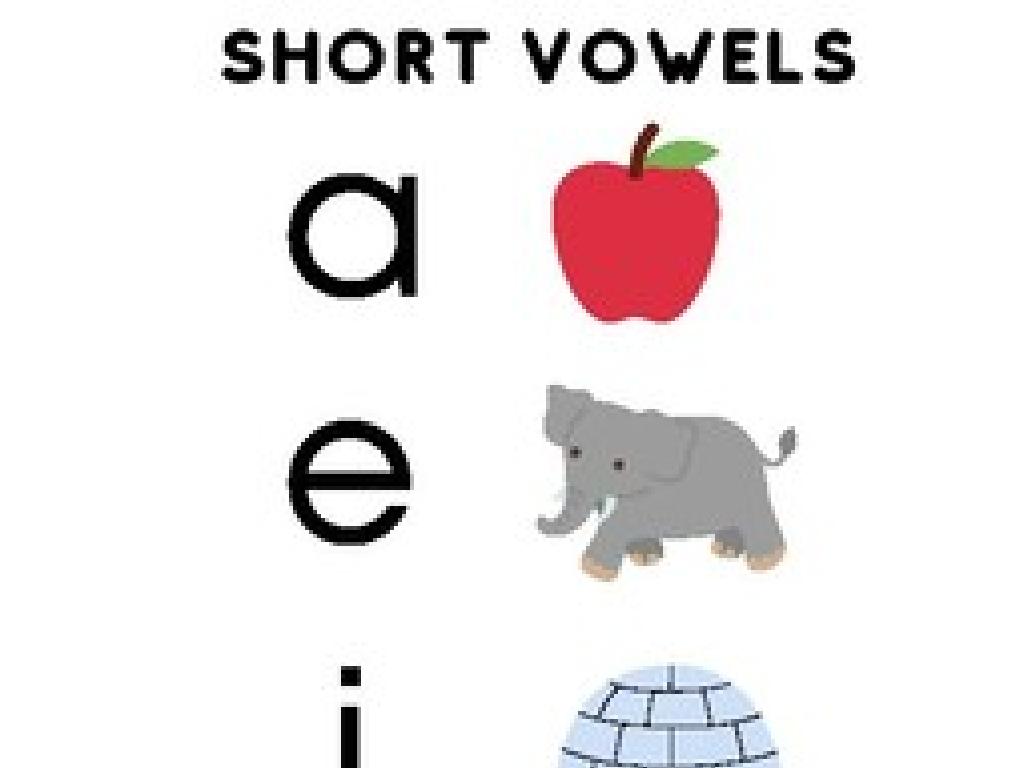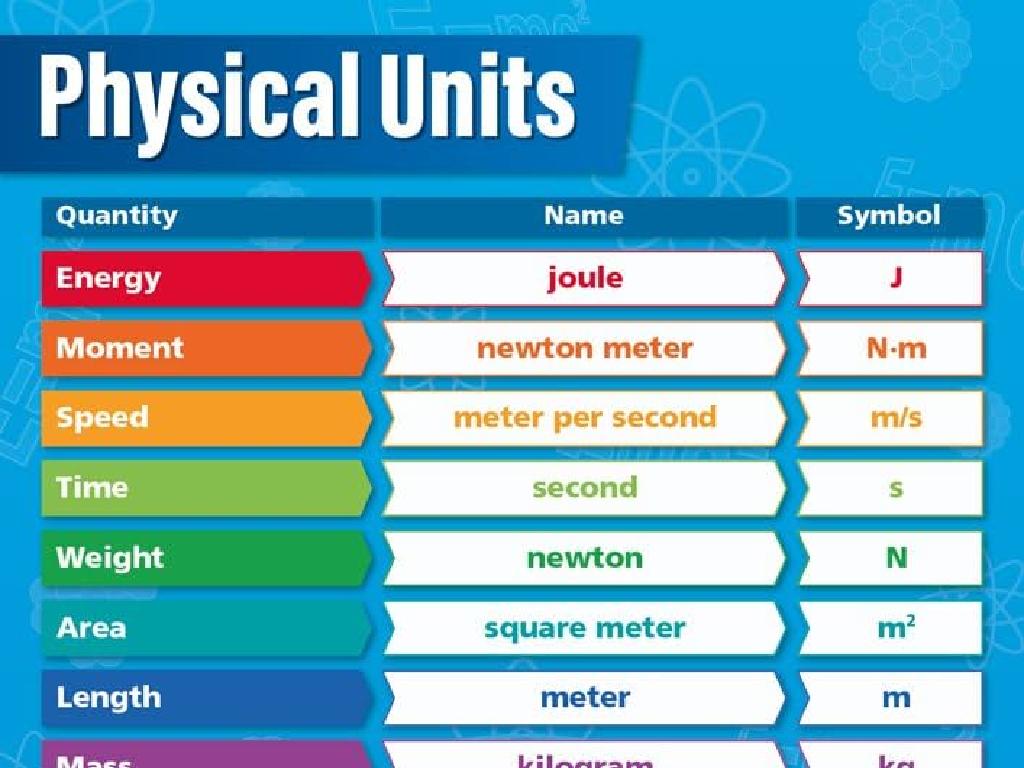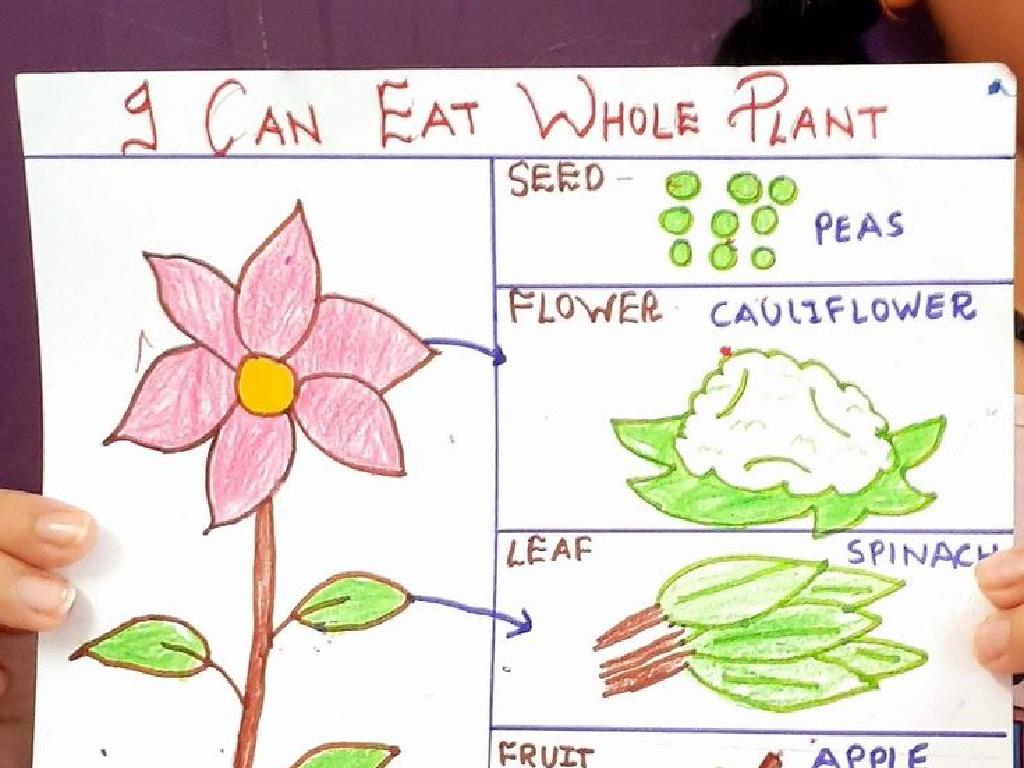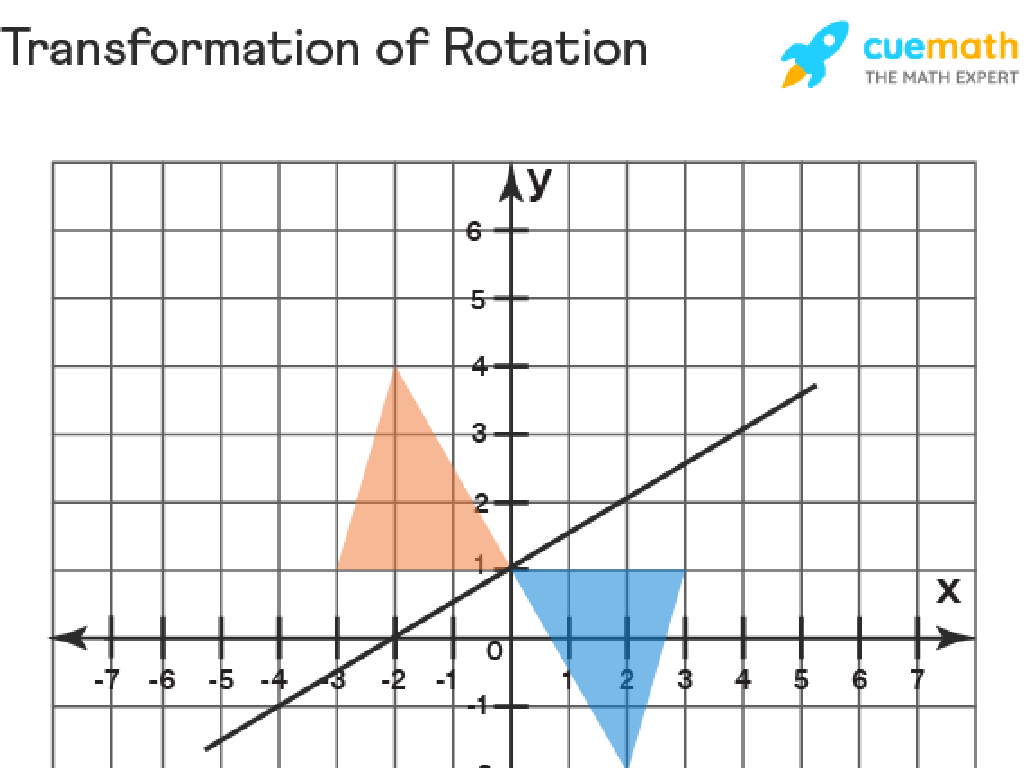Order Alphabetically: Challenge
Subject: Language arts
Grade: Fifth grade
Topic: Reference Skills
Please LOG IN to download the presentation. Access is available to registered users only.
View More Content
Mastering Alphabetical Order
– Understanding alphabetical order
– It’s the arrangement of words based on the letters of the alphabet.
– Importance of alphabetical order
– Helps organize information & locate items quickly.
– Examples: dictionaries, libraries
– Find words in a dictionary or books in a library.
– Alphabetical order in daily life
– Used in grocery stores to sort items.
|
This slide introduces the concept of alphabetical order, a fundamental skill in reference and organization. Explain that alphabetical order is the sequence in which we arrange words based on the letters of the alphabet. Emphasize its importance in various aspects of daily life, such as finding words in a dictionary, locating books in a library, or even navigating aisles in a grocery store. Provide interactive examples by having students alphabetize a list of words or find items in an alphabetically organized mock grocery list. This will help them understand the practical application of the skill and its relevance to everyday tasks.
Mastering Alphabetical Order
– Sing the Alphabet Song
– A fun way to remember the ABCs
– Recall letter order
– Can you say the ABCs without singing?
– Discuss the alphabet pattern
– Notice the ‘LMNOP’ and how the letters flow
– Alphabetical order practice
|
This slide is aimed at helping students master the alphabetical order through the familiar Alphabet Song. Start by singing the song together to refresh their memory of the letter sequence. Then, challenge the students to recall the order of the letters without the song’s rhythm, which can help solidify their understanding. Discuss any patterns they notice, such as the ‘LMNOP’ sequence, which often sounds like one long letter. Finally, engage the students in a practice activity where they arrange words or letters in alphabetical order. This could involve sorting flashcards, organizing words from a story, or playing an alphabetical order game. The goal is to make learning fun and interactive.
Mastering Alphabetizing by First Letter
– Learn to alphabetize words
– Start with the first letter
– Look at the first letter of each word
– See examples: Apple, Banana, Cherry
– A comes before B, and B comes before C
– Class activity: Alphabetize your names
– Write down everyone’s name and order them A to Z
|
This slide introduces the basic concept of alphabetizing words, starting with the first letter. Use common examples like ‘Apple,’ ‘Banana,’ and ‘Cherry’ to illustrate the idea that words are arranged based on the order of letters in the alphabet. For the class activity, have students write down their own names on pieces of paper and work together to arrange them in alphabetical order. This hands-on activity will help reinforce the concept and ensure that students understand how to apply it. Provide guidance and support as needed, and consider offering additional examples if students grasp the concept quickly.
Alphabetizing Beyond the First Letter
– Alphabetizing similar words
– Consider the second letter
– When words begin with the same letter, look at the second letter.
– Practice with examples
– Cart, Cat, Castle: which comes first?
– Understanding order
– Learn to determine the alphabetical order when the first letters are the same.
|
This slide introduces students to the concept of alphabetizing words beyond the first letter, which is a common scenario when words start with the same letter. It’s crucial to guide students to look at the second letter of the words to determine their alphabetical order. Use examples like ‘Cart,’ ‘Cat,’ and ‘Castle’ to illustrate how to alphabetize words that start with ‘Ca.’ Encourage students to practice with additional examples and to understand that this skill is useful for organizing information and improving reference skills. In the next class, students can be asked to alphabetize a list of words as a practical exercise.
Alphabetizing Challenge: Beyond the Second Letter
– Alphabetize words with same first letters
– Look at the third letter or beyond to order words
– Examples: Reader, Reading, Ready
– ‘Reader’ comes before ‘Reading’ which comes before ‘Ready’
– Tips for mastering alphabetical order
– Pay attention to each letter’s place in the alphabet
– Practice with more word lists
– Try alphabetizing your vocabulary words or book titles
|
This slide is aimed at helping students understand how to alphabetize words that have the same first and second letters by looking at the third letter or beyond. Provide examples to illustrate the concept, such as ‘Reader’, ‘Reading’, and ‘Ready’, and explain why they are ordered in that way. Offer tips such as paying close attention to the alphabetical order of letters and practicing with lists of words. Encourage students to practice by alphabetizing their vocabulary words, book titles, or even items in a grocery list to reinforce the skill. The goal is for students to become comfortable with alphabetizing words no matter how many initial letters are the same.
Alphabetical Order Games
– Interactive Word Sorting Game
– Sort words as a group, make it fun!
– Practice with Index Cards
– Use cards to order words alphabetically.
– Understand Game Rules
– Rules: Take turns, no skipping, time each round.
– Learn Objectives of the Game
– Objectives: Improve alphabetizing skills, enhance teamwork.
|
This slide introduces engaging games to help students practice alphabetical order. The Word Sorting Game is an interactive group activity where students work together to sort words into alphabetical order, promoting teamwork and making learning fun. Using Index Cards, students can individually practice alphabetizing words, which can be a quiet activity or a timed challenge. Explain the game rules clearly: each student takes a turn, no one skips, and each round is timed to add a competitive edge. The objectives are to improve students’ ability to alphabetize quickly and accurately, and to encourage cooperation among classmates. For the activity, prepare a set of words on index cards and a timer. Consider variations like reverse alphabetical order for advanced students.
Applying Alphabetical Skills in Real Life
– Use alphabetical order daily
– Sorting items or lists by the first letter
– Look up words in a dictionary
– Dictionaries list words alphabetically for easy lookup
– Find books in the library
– Libraries use alphabetical order to shelve books by author’s last name
– Organize information efficiently
|
This slide aims to show students the practical applications of alphabetical order in everyday life. Emphasize the importance of this skill for organization and efficiency. Explain how alphabetical order is used in a dictionary to find the meaning of words quickly. Discuss how libraries categorize books alphabetically, making it easier to locate a specific book. Encourage students to think of other areas where alphabetical order is used, such as in filing systems, contact lists, or when organizing their own bookshelves at home. This will help them understand the relevance of what they learn in class to real-world situations.
Class Activity: Alphabetical Order Challenge
– Today’s challenge: Alphabetize words
– Work in teams for the challenge
– Collaborate to order words from A to Z
– Present your list to the class
– Share your team’s work with everyone
|
This activity is designed to reinforce students’ understanding of alphabetical order, a fundamental reference skill in Language Arts. Divide the class into small teams and provide each with a mixed-up list of words. Encourage teamwork as they arrange the words in alphabetical order. After completing the task, each team will present their alphabetized list to the class, allowing students to practice public speaking and to learn from each other’s methods. Possible variations of the activity could include using themed word lists, timing the challenge for a competitive edge, or having students create their own lists for others to alphabetize.
Wrapping Up: Alphabetical Order
– Recap: Why Alphabetical Order?
– It helps us organize and find words quickly.
– Review: Today’s Key Points
– We learned how to sort words and use a dictionary.
– Q&A Session
– Practice Makes Perfect
– Keep practicing with book titles, names, or items.
|
As we conclude today’s lesson, remind students of the importance of alphabetical order as a fundamental organizational tool used in everyday life, from dictionaries to libraries. Review the key points, such as how to sort words alphabetically and the practical use of this skill when looking up words in a dictionary. Encourage students to ask questions about what they’ve learned to clarify any uncertainties. Finally, emphasize the value of practice by sorting various lists of words, and challenge them to continue practicing at home with their own books or household items to reinforce their understanding.






